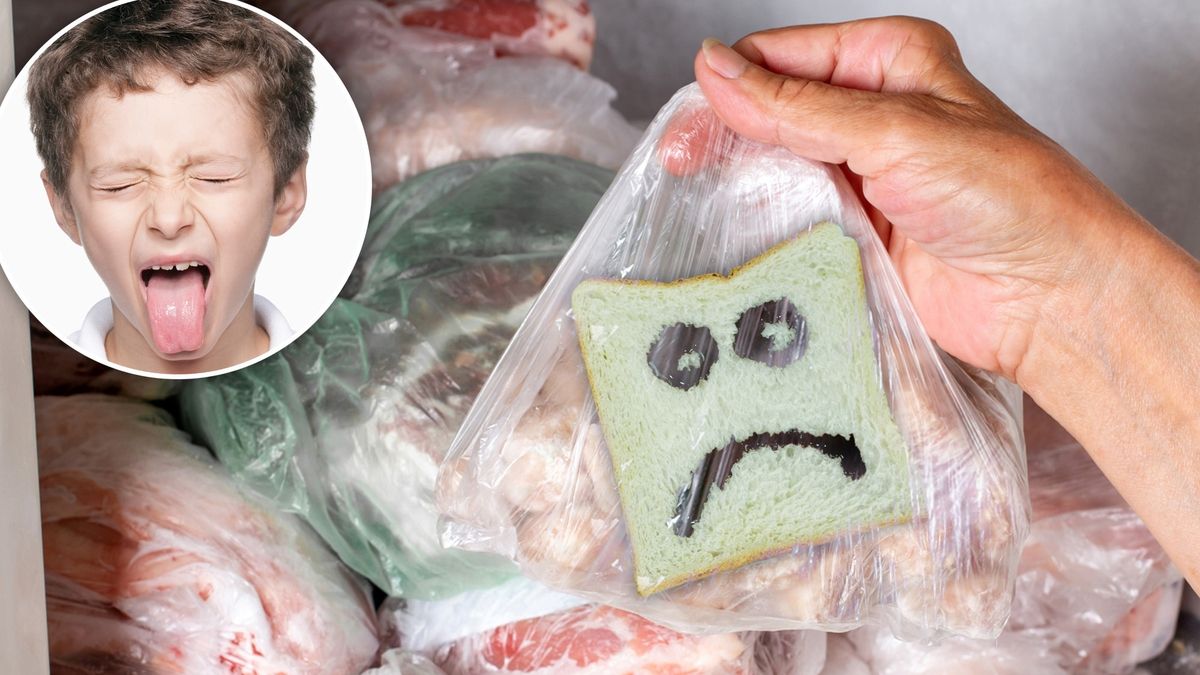
Alexandra Sabol, a mother of three and a TikTok sensation with over 237k followers, has found herself at the heart of a heated debate. Her cooking style and meal choices for her children have sparked controversy, with critics questioning the health implications of her dishes.
A Meal Prep Maelstrom
The catalyst for this storm of opinions was a viral video featuring Sabol’s dinner spread: BBQ chicken, green beans, mashed potatoes, mac and cheese, carrots, apples, and milk. The seemingly innocuous meal became a flashpoint as viewers zeroed in on the combination of carbs on the plate and the use of Cheetos as a topping.
Despite her efforts to cook homemade meals, Sabol faces a barrage of criticism for not providing healthier options. Yet, she counters this backlash by highlighting the challenges of feeding her daughter vegetables, given her dislike for them.
The Unseen Battlefield: The Dinner Table
Sabol’s predicament underscores a larger issue. Parents worldwide grapple with the complex task of providing nutritious meals amidst societal pressures and misconceptions. In response to these challenges, resources like the Child and Adult Care Food Program (CACFP) and the USDA-HHS Dietary Guidelines offer guidance on creating balanced diets for children.
These guidelines advocate for meals that include all five food groups, limited added sodium, sugar, and saturated fat. A sample meal plan includes an egg and broccoli scramble with banana and milk for breakfast, a turkey and multigrain bread sandwich with fruit and vegetables for lunch, and an apple with nut butter and cheddar cheese for a snack.
The importance of fiber, protein, vitamins, and minerals in a child’s diet cannot be overstated. Recent clinical trials published by PubMed reveal that parents who received nutritional epigenetics education significantly reduced their consumption of ultra-processed foods and increased their intake of whole and/or organic foods.
The Future of Food
As the debate around Sabol’s meal prep continues, it serves as a reminder of the long-term consequences of unhealthy childhoods. The Academy of Medical Sciences warns that inaction could lead to a future marred by obesity, diabetes, and heart disease.
The onus falls on politicians, nutritionists, and parents alike to take decisive action. By promoting healthier dietary choices and dispelling misconceptions about nutrition, we can strive for a future where every child has access to balanced, nutritious meals.
Sabol’s story is not merely about one mother’s meal prep; it encapsulates the broader struggle of parents navigating the complex world of childhood nutrition. As society continues to evolve, so too will our understanding of what constitutes a healthy diet.
In the end, the goal remains clear: to equip our children with the tools they need to lead healthy, fulfilling lives. And perhaps, in the process, we might also learn to appreciate the value of a well-balanced meal, Cheetos topping included.
